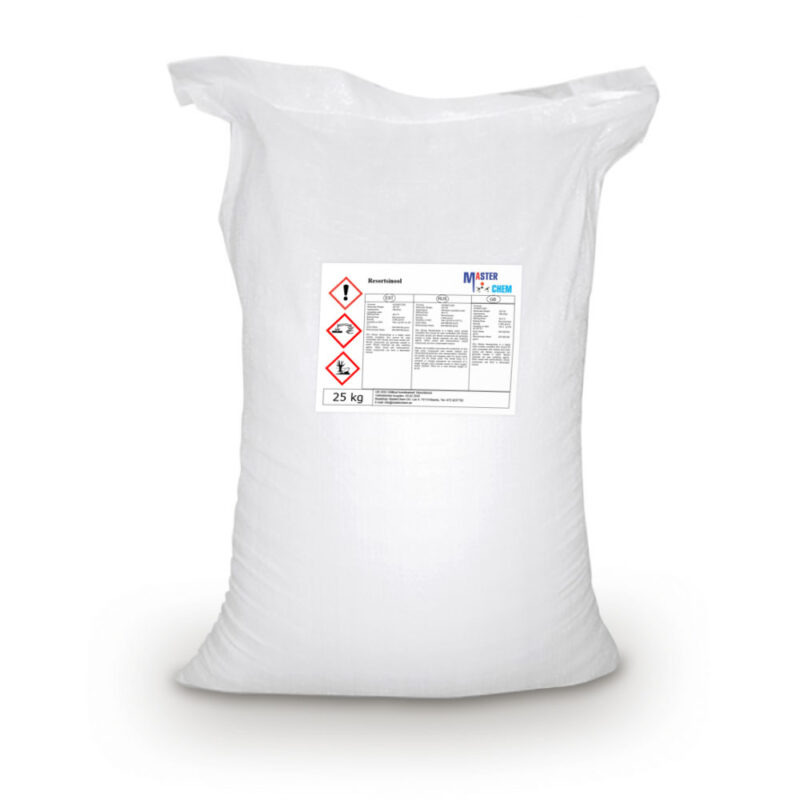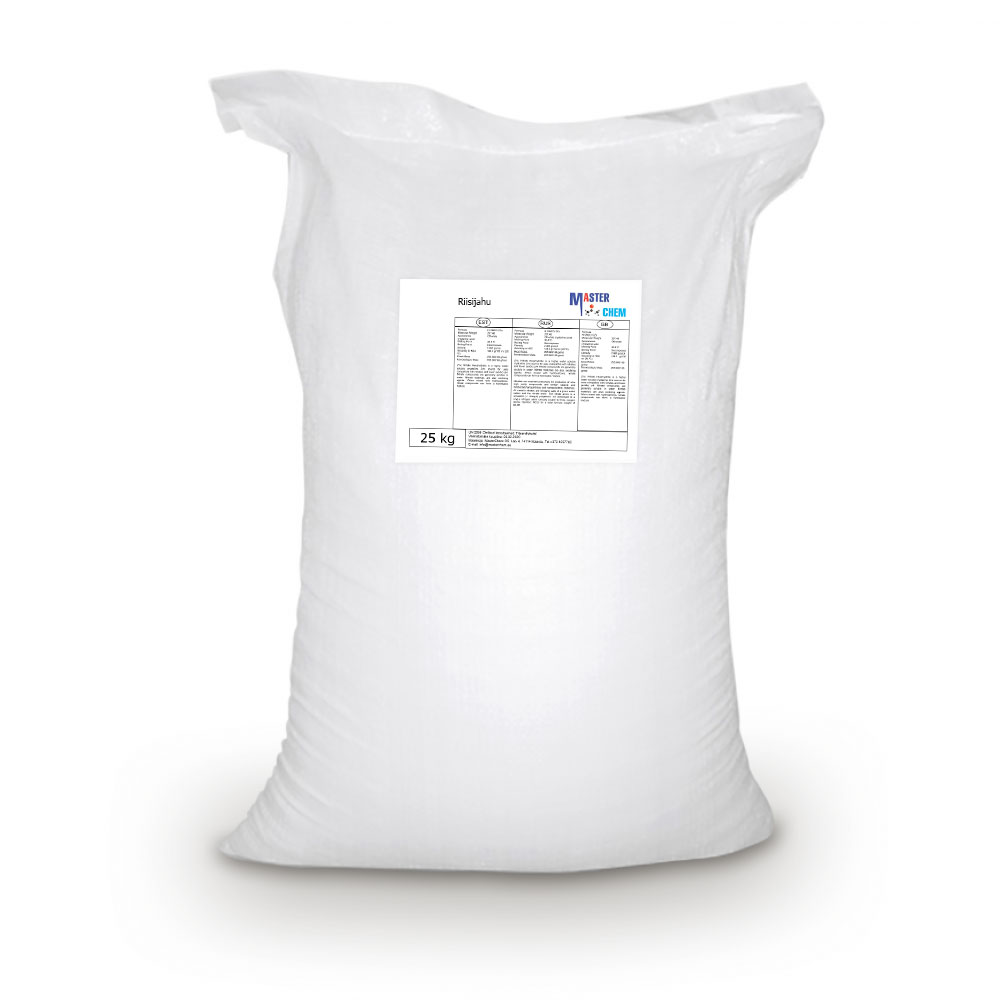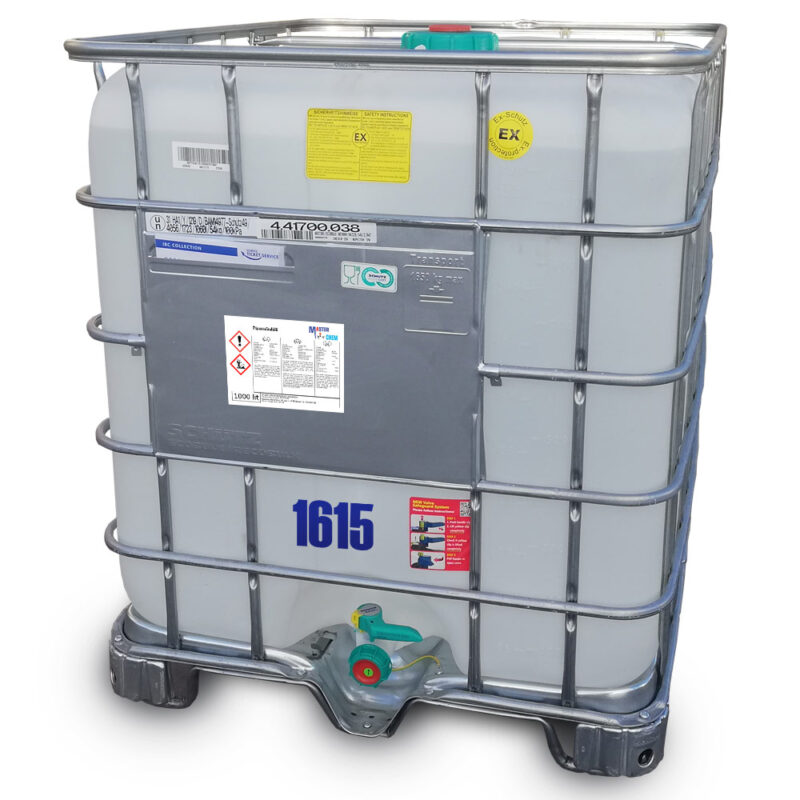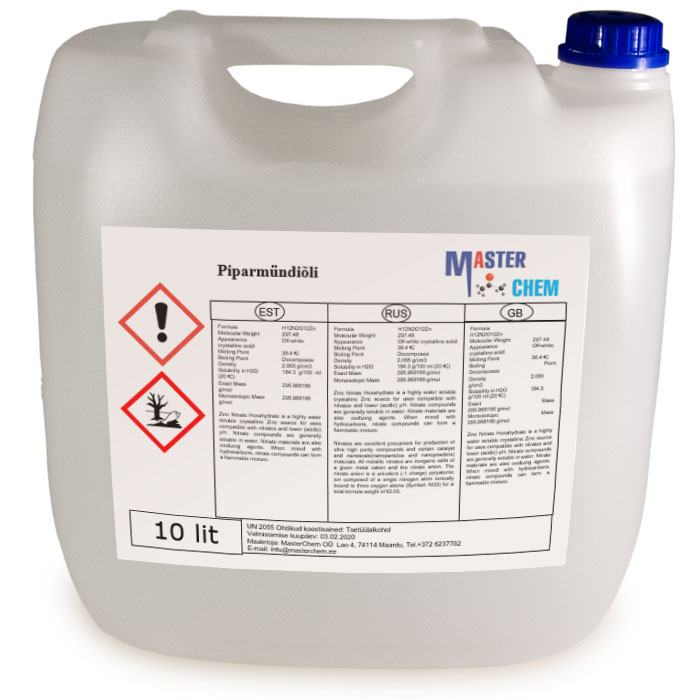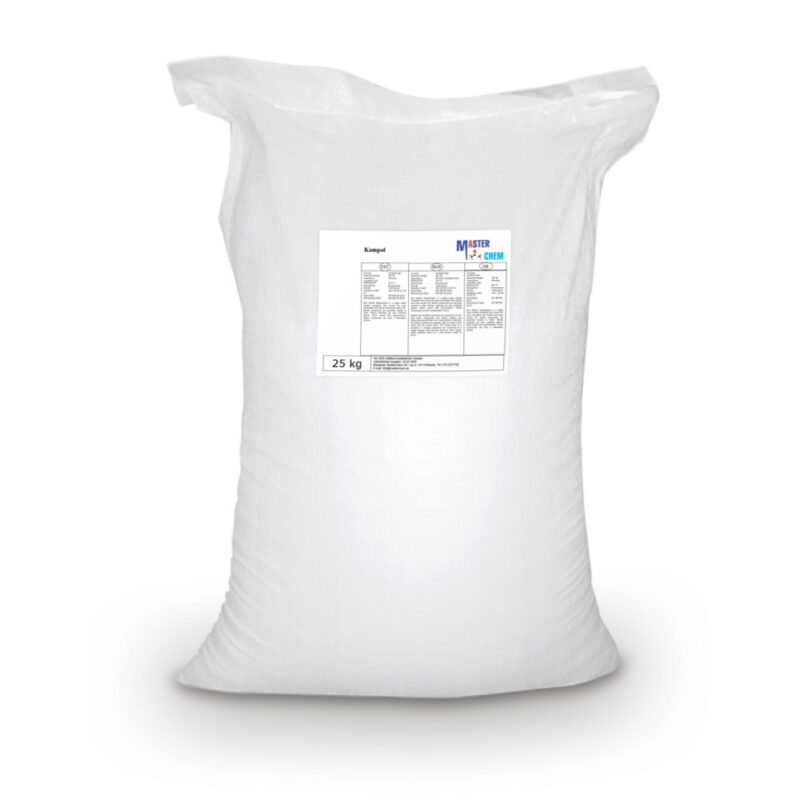Resorcinol (CAS 108-46-3)
Resorcinol (CAS 108-46-3)
Resorcinol (or resorcin) is an organic compound with the formula C6H4(OH)2. It is one of three isomeric benzenediols, the 1,3-isomer (or meta-isomer). It is a white, water-soluble solid.
Resorcinol crystallizes from benzene as colorless needles that are readily soluble in water, alcohol, and ether, but insoluble in chloroform and carbon disulfide.
Resorcinol is mainly used in the production of resins. As a mixture with phenol, it condenses with formaldehyde to afford adhesives.
Rice meal
Rice meal
Rice flour consists of polished rice bran and some rice flour. It is a byproduct of rice milling, which means the process of removing the husk and bran layer. It produces an edible by-product that does not contain impurities.
Rosemary oil
Rosemary oil
Rosemary oil is a popular infusion oil used in cooking and beauty treatments. Rosmarinus officinalis is an evergreen shrub with needle-like leaves and a woody aroma. Naturalin owns a rosemary plant stock with an entire process control system from raw materials to product processing, which ensured the quality of the rosemary series products.
Functions:
1. Natural preservative;
2. Antioxidant, removes free radicals, anti-aging;
3. Improving brain function and memory;
4. Stimulation of hair growth;
5. Releasing stress and increasing blood circulation.
Applications:
1. In personal hygiene products: rosemary oil stimulates blood circulation in the scalp area, sterilizes and prevents itching. It is widely used in hair care products;
2. In the food industry: highly effective antioxidant; antibacterial; natural preservative;
3. Customized: it can be modified according to the customer’s special needs.
Rosin (CAS 8050-09-7)
Rosin (CAS 8050-09-7)
Rosin, also called colophony or Greek pitch (Latin: pix graeca), is a solid form of resin obtained from pines and some other plants, mostly conifers, produced by heating fresh liquid resin to vaporize the volatile liquid terpene components. It is semi-transparent and varies in color from yellow to black. At room temperature rosin is brittle, but it melts at stove-top temperature. It chiefly consists of various resin acids, especially abietic acid. The term “colophony” comes from colophonia resina, Latin for “resin from Colophon”, an ancient Ionic city.

